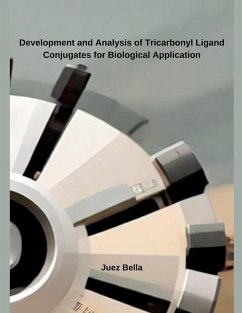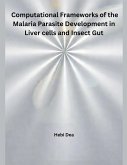Nuclear medicine is an independent medical specialty that involves administration of radioactive drugs (radiopharmaceuticals) for the purpose of medical imaging and therapy. Introduction of nuclear medicine began in the early 1950's with an endocrine emphasis, initially applying ¿-ray emitter iodine-131 (131I) for diagnostic imaging of the thyroid gland and therapeutic treatment of patients with hyperthyroidism [1, 5]. Since then the field of nuclear medicine has expanded to include a large array of radiopharmaceuticals based on various radioactive elements. Nearly every organ of the body and many kinds of tumors can be assessed with nuclear imaging. Some radionuclides have also displayed success as therapeutic treatment [1, 2].The potential use of radionuclides in medical diagnostic imaging and therapeutic nuclear medicine has been recognized for many decades [3].The radiopharmaceuticals contain radioactive elements (radionuclides) that emit particular types of nuclear radiation (¿, ß, ¿) over a particular duration of time (half-life) and with a specific energy level and length of body tissue penetration [2].Choice of the radiopharmaceutical to apply in diagnostic imaging and therapeutic nuclear medicine is typically based on the availability at the hospital, side effects, and its pharmacokinetic and pharmacodynamic properties. However, the nuclear characteristics of radiopharmaceutical, particularly its mode of decay, half-life, energy level, and tissue penetration ability are also taken into consideration [4]. By using so-called "gamma cameras" that work with sophisticated computerised algorithms, the radioactivity originating from the radiopharmaceutical which carries the diagnostic information outward from the body is detected and then transformed into a very precise pictorial representation of the radiopharmaceutical's distribution in the body. On the other hand, radionuclides that decay by emitting large particles like electrons or alphas, can be utilised in nuclear medicine for radionuclide treatment to cure some types of cancer and other disorders [6].
Hinweis: Dieser Artikel kann nur an eine deutsche Lieferadresse ausgeliefert werden.
Hinweis: Dieser Artikel kann nur an eine deutsche Lieferadresse ausgeliefert werden.








